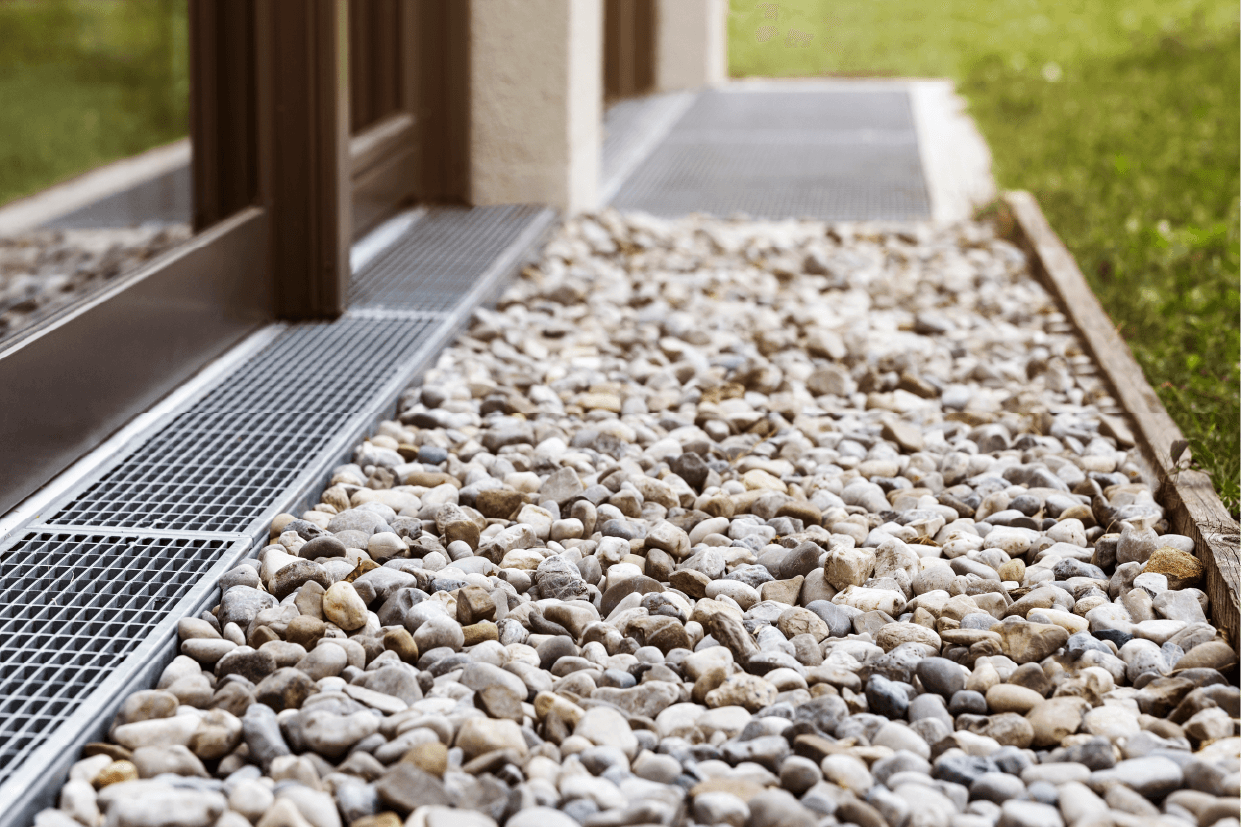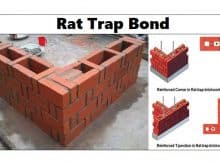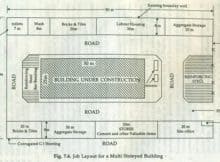When rain turns heavy, the places that fail first are usually the weak links in your drainage chain. Water finds every low point, every clogged outlet, and every poorly graded edge. The simplest way to give water a safe path away from foundations, pavements, and landscape features is to build a gravel-based system that collects, conveys, and soaks stormwater into soil or directs it to a controlled outlet. Done correctly, gravel drainage cuts runoff, reduces hydrostatic pressure on walls and slabs, and protects finishes from moisture damage. The principles are straightforward, and they scale from a small garden trench to a permeable parking bay.

Why gravel is the backbone of good drainage
Gravel provides three things that water needs during a storm: void space to store surge volumes, continuous pathways to move by gravity, and clean surfaces that resist clogging. In modern permeable pavement systems, stormwater enters through an open surface, flows vertically into an open graded base or subbase made of stone, and then either infiltrates the native soil or exits through an underdrain.
This changes the flow path from horizontal runoff to vertical infiltration and shortens the distance water travels over impervious surfaces, which lowers peak discharges at the site boundary. The Central Public Health and Environmental Engineering Organisation (CPHEEO) and the Indian Roads Congress (IRC) describe this function across permeable concrete, porous asphalt, and interlocking pavers where the underlying gravel layer stores and releases water.
For vehicle areas that must remain usable during storms, IRC guidelines emphasize that permeable interlocking concrete pavement relies on permeable aggregate in the joints and a base and subbase of open graded stone that together accept high surface inflow rates and detain water until it infiltrates or drains away. Reported surface infiltration rates for these systems can be very high under clean conditions, which is why they are often paired with curbs that help confine the open graded reservoir layers.
Where gravel drainage prevents damage
Foundations and retaining walls. A gravel envelope and perforated drain reduce hydrostatic pressure against concrete or masonry. Pressure relief extends the life of waterproofing membranes and reduces seepage that can lead to efflorescence or interior dampness. The Indian Roads Congress and Bureau of Indian Standards call for free draining envelopes around perforated pipe and for gradations that will not migrate fines into the conduit.
Lawns and landscaped areas. French drains intercept shallow groundwater and route it to a discharge or soakaway, preventing waterlogging that suffocates turf roots and causes surface heave. Public works and agricultural drainage guides give practical residential dimensions for trenches and pipes and remind installers to locate utilities before digging.
Driveways, paths, and parking. Permeable pavements replace a sealed surface with a pervious one and sit on a stone reservoir that spreads loads and water at the same time. Compared with conventional pavements, this reduces runoff and the need for surface inlets, which simplifies grading and lowers the risk of nuisance flooding at low points. IRC guidelines on urban drainage describe this as an accepted practice for sustainable site design.
Design basics that matter in a storm
Grade and slope: All gravity drainage depends on slope. Even subsurface pipes in a French drain need a small but continuous fall to a safe outlet. A minimum slope on the order of half to one percent is commonly cited in engineering specifications so that pipes self drain and silt does not settle in place.
Trench geometry: For residential interception drains, practical widths of about 300 to 450 millimeters and depths of about 450 to 600 millimeters are common starting points. Context matters because required dimensions depend on inflow, soil type, and the length of run to the discharge or soakaway, but these ranges are workable defaults in practice.
Pipe selection: Perforated plastic pipe of 100 millimeters diameter is a widely available, practical size for small property drains and foundation relief drains. Look for pipes that meet BIS specifications and use compatible fittings so rows remain aligned during backfill.
Envelope and filter: The gravel around the pipe should be clean and graded so that fines do not migrate into the pipe and so that surrounding soil does not migrate into the gravel. An envelope gradation that limits fines content and ensures the largest particles pass a 38 millimeter sieve is one example from national drainage practice standards. Many designs also use a non woven geotextile to separate soil and gravel where soils contain silt.
Reservoir layers under permeable pavements: Open graded base and subbase layers provide both structure and storage. IRC and CPHEEO guidance describe systems in which paver joints filled with permeable aggregates feed a bedding layer and a thicker base of similar stone. The curb or edge restraint keeps these layers confined under traffic and maintains joint integrity.
Earthfill compatibility: Where gravel transitions to compacted earthfill, both materials must be free of organics and oversized debris that compromise compaction. Construction specifications from the Ministry of Road Transport and Highways require that fill be free of perishable materials and that oversized rock be removed prior to compaction, which reduces settlement pathways for water.
Sizing for storms in small projects
Gravel drainage sizing begins with the water you expect to manage. For paved areas, the design storm depth and the contributing area give a first estimate of inflow volume. For example, a 25 millimeter storm over 50 square meters produces 1.25 cubic meters of water before infiltration or overflow. The gravel layer does not store all of this as free water. Its effective storage is the void ratio multiplied by the layer volume. Open graded stone commonly used under permeable pavements can have void ratios in the range of 30 to 40 percent depending on gradation. Designers select layer thickness to provide enough temporary storage that peak inflow can be buffered and released as infiltration or through an underdrain. Where infiltration is limited by dense soils, it is good practice to connect the underdrain to a soak pit or approved surface drain.
For a simple residential French drain, the question is less about detention and more about conveyance. The pipe must carry peak inflow to a discharge point while the surrounding gravel intercepts and feeds water to the pipe. Drainage literature provides simple capacity checks using Manning’s equation and shows how pipe diameter and slope interact to move flow by gravity. For small systems with 100 millimeter pipe at half a percent slope, capacity is usually sufficient for yard scale inflows as long as inlets are not constrained.
Installation practices that improve performance
Keep the trench bottom uniform. A flat trench bottom that follows the intended slope prevents ponding inside the pipe run and avoids high points that trap air. Even small grade reversals can hold water that later saturates soil during long wet periods. Specifications for site drainage emphasize consistent slopes to the outlet.
Use clean, appropriately sized stone. Drain rock should be washed and sized to maintain voids and resist migration. Avoid mixes that include many fines or rounded pea gravel when the goal is rapid infiltration around a pipe, since fines can wash into perforations and rounded small stones can compact too tightly for good vertical flow. Construction standards treat aggregate gradation as a core performance variable.
Protect the system from sediment during construction. Surface construction sheds soil into open trenches and open graded bases. Keep stockpiles away from inlets, cap open layers with fabric during adjacent work, and clean surfaces before commissioning the system. CPHEEO guidance for permeable pavements treats sediment control as a critical step to preserve infiltration capacity.
Plan a safe discharge. A drain that moves water from one wet spot to another fails the brief. Discharge to a vegetated swale, a soak pit, a daylight outlet, or a regulated storm connection. Follow local codes for setbacks from boundaries, wells, and foundations. Residential guides show how to locate and protect outlets so backflow does not reenter the drained area.
Maintenance that keeps systems working through the years
Gravel systems succeed when they stay clean. For subsurface drains, the goals are to keep surface inlets clear, to maintain vegetation that slows and filters inflow, and to prevent surface sediments from entering perforations. For permeable pavements, the most effective routine task is vacuum sweeping to remove dust and organic fines from the surface and the top few millimeters of joint aggregate. Maintenance guides recommend vacuum powered sweepers and caution against very high pressure washing that can damage the cement paste in pervious concrete.
Common mistakes to avoid
- No filter separation where soils are silty. Without a geotextile separator, fines can migrate into the gravel envelope and gradually choke voids.
- Insufficient slope to the outlet. Flat or reverse grades trap water and silt. Maintain at least a small continuous grade to the discharge.
- Undersized or poorly located discharge. Outlets blocked by landscaping or hidden behind edging can backwater the entire system during storms.
- Sediment contamination during construction. Allowing muddy runoff to enter open graded bases shortens the life of permeable pavements and drains. Schedule construction so infiltration layers are installed as late as practical and protected until the site is stabilized.
A quick way to estimate stone before you buy
Accurate quantities save money and time. Measure the trench length, width, and height of the gravel envelope, convert to cubic meters or cubic yards, and then add a sensible waste factor for settlement and trimming. For permeable pavements, calculate the base and subbase layer volumes separately and consider the layer void ratio if you are checking storage. If you prefer a quick helper for bulk aggregates, use a simple gravel calculator once you have your trench or base dimensions.
The bottom line
Good drainage is not just a convenience during a downpour. It is a structural and durability requirement. Gravel based systems work because they align with how water moves under gravity and because they provide storage and pathways that do not clog easily when built with the right gradation and protected from sediment. Whether you are relieving foundation pressure, drying out a lawn, or building a permeable drive, the same essentials apply. Give water a clean path with enough voids, enough fall, and a safe discharge. Keep surfaces free of fines, maintain the system, and verify that the geometry is adequate for the storms you care about. If you build with those goals in mind, your site will ride out storms with fewer surprises and far less damage.




